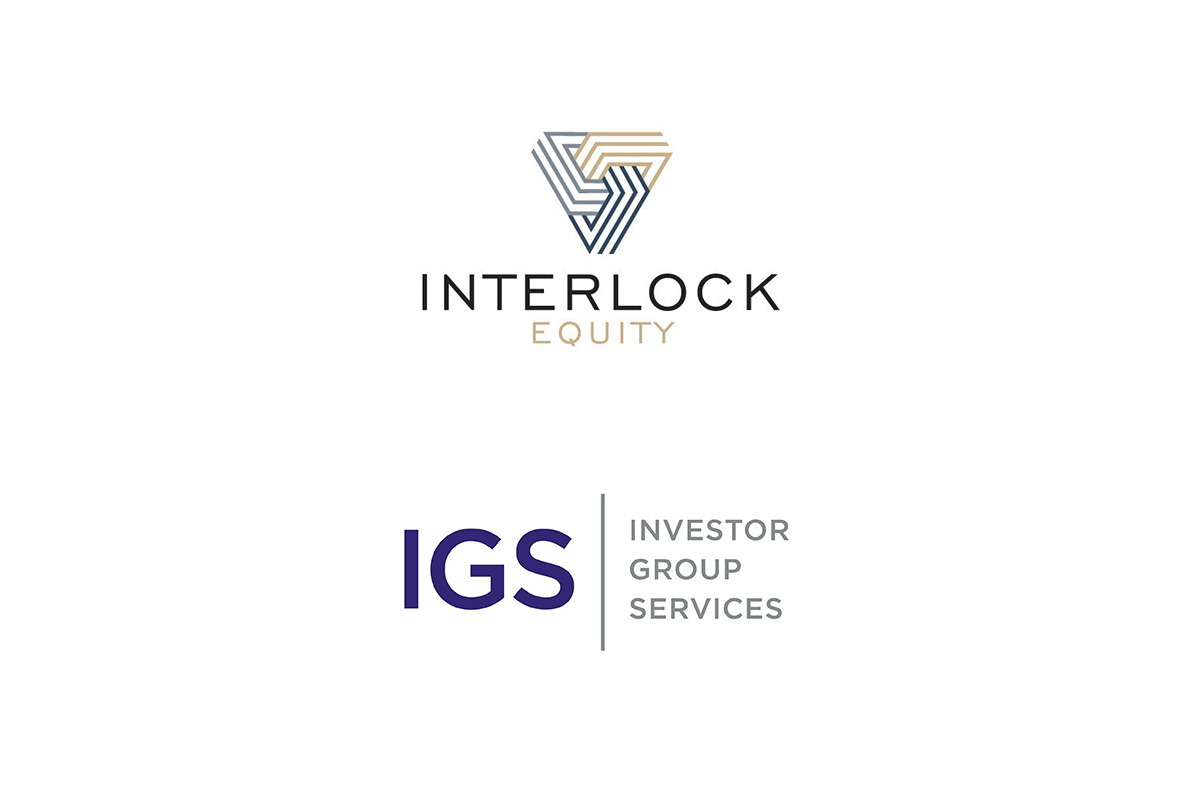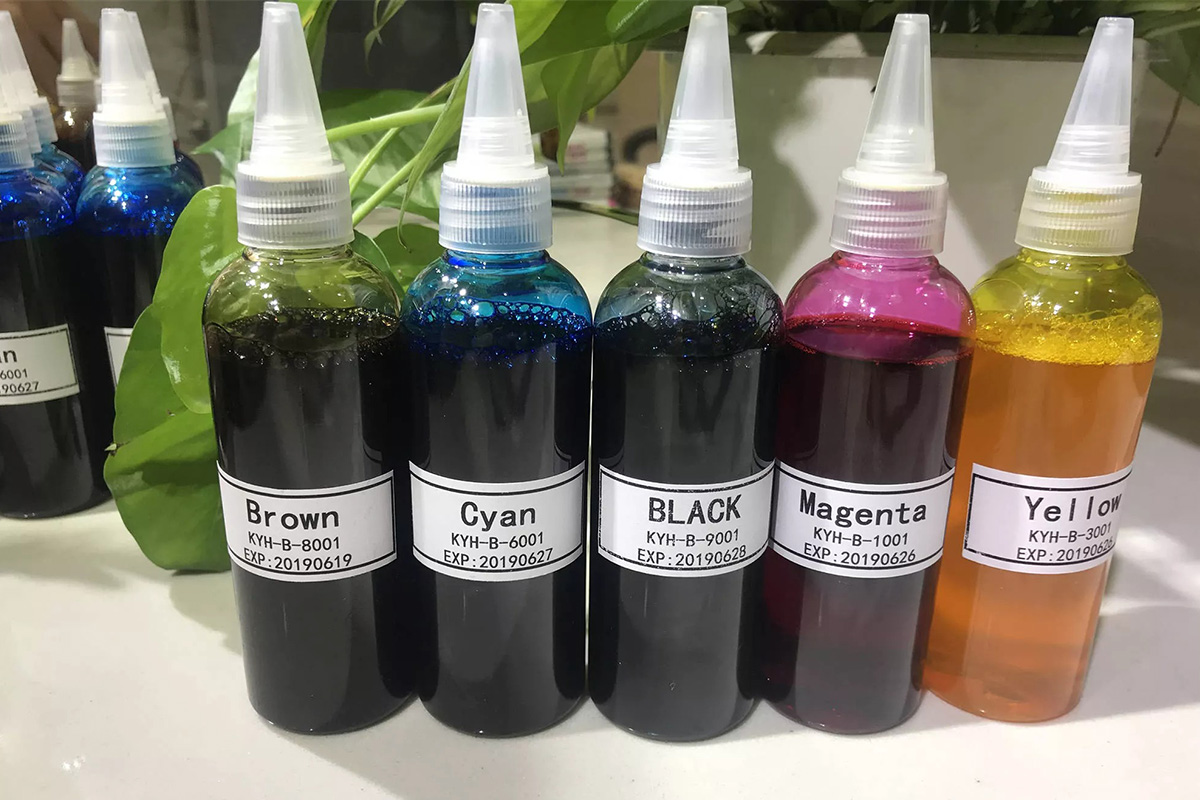mu Space Corp, a satellite manufacturer, and satellite internet service provider, held its 2nd annual event, Tech Day 2022. The event, which took place at the company’s facility, mu Space Factory 1, showcases the company’s products of 2022, plans for transitioning into 2023, and the announcement of their biggest facility, mu Space Mega Factory. The event welcomed stakeholders from all across the board including, investors, customers, clients, the public media, and all of mu Space’s employees. James Yenbamroong, the founder of mu Space led the event alongside senior tech leads, additionally, the company also welcomed two guest speakers from Amazon Web Services.
At the end of 2021, mu Space unveiled its small satellite that weighs 200 kilograms, the mu-B200, to the world this year, however, the manufacturing process has focused on satellite components, allowing mu Space to release various products this year. These products include 2 models of S-Band Patch Antennas, an Electrical power system (EPS), a Reaction Wheel, Power System products, and the mu-B200 satellite itself. The power system products include a frequency converter, a power box, a telecommunication battery pack, and a portable battery pack, all were on display at Tech Day 2022. These products were also displayed to the company’s valued customers during its previous event, mu Space Energy Storage Technology 2022, or muEST 2022 for short, earlier this year in September. In Addition to the battery products being on display, mu Space also revealed its breakthrough with solid-state batteries. The company successfully developed the hybrid solid-electrolyte whose internal resistance value meets the functional threshold, resulting in the solid-state battery being able to operate. This was demonstrated by using the solid-state battery to light up an LED bulb, and the results were displayed as pictures to audiences at Tech Day 2022. The company had been working on developing this technology for years and continues to make progress, as they believe this technology will change batteries forever. There are 3 main strengths of this new technology which are a high life cycle, high safety, and high energy density. The solid-state battery is targeted to complete its production phase after 2024. Lastly, the company also announced its plans for its latest satellite production project, the mu-B500. The satellite, weighing around 500 kilograms and housing a communication payload, will connect directly to smartphones.
Joining Tech Day 2022 were guest speakers from Amazon Web Services (AWS), Ms. Adila Abdul Satar and Mr.Laurent Tran Dien, who spoke about AWS products, services, and how AWS relates to mu Space vision. Laurent stated:
” One particular product to drive attention to is called the AWS Ground Station. It’s network of ground stations around the globe that allow customers to downlink and communicate with their satellite anywhere and anytime… you can transmit and receive data from space without worrying about managing, or operating the infrastructure.”
As mentioned above, mu Space’s latest satellite product the mu-B500 will have the design to house payloads with the ability to link directly with devices, therefore the company and AWS share a common goal in further innovating satellite technology.
Apart from products, mu Space also revealed its plan for its biggest facility, mu Space Mega Factory. The idea of the plan came from the drive to scale production and to have a sustainable manufacturing facility. mu Space Corp gives paramount considerations to alternative energy sources, sustainable production, recycling processes, and reducing CO2 emissions. Apart from these revelations to the public, mu Space also announced that the factory would be built with high-grade materials, with 80% of the construction material being sourced locally while the remaining 20% being other innovative materials. The facility is planned to cover 200,000 square meters, however, it will begin at 20,000 square meters, the factory will boost the production capacity to around 1,000,000 units, and construction is expected to begin in 2025. Earlier this year, the company also announced in a press conference that they are looking to build a Space Supply Chain in the Southeast Asian region, with representatives of Airbus and GISTDA teaming up and joining the press conference as well.
As 2022 is drawing to an end, mu Space has already set out plans for 2023 and revealed them to the public in this event. Firstly, AI and Chip development, a project that has already begun, and will continue to be developed in 2023. The development of the chip focuses on accelerating computation for AI, which can be further used on devices such as power systems, robots, and mu Space factories. mu Space’s FPGA development prompts an increase in performance and efficiency for matrix multiplication tasks which is the foundation for all AI-related calculations. The company further revealed that the Chip & AI can achieve 200 giga-operations-per-second at 200 megahertz. mu Space plans to further develop and enhance its Chip and Artificial Intelligence throughout 2023, especially as both these facets of technology are integral to today’s world. Additionally, mu Space will also continue working on its satellite projects with potential test launches in 2023, and the company will also continue adding products to its catalog.
mu Space looks forward to a successful 2023 and strives to use space technology to positively impact one’s well-being. Space and Earth are closer than ever before, and both rely on each other to function, and in recent times this goes for space technology as well. People increasingly rely on space technology with applications ranging from weather forecasting, communications, and entertainment, to national security. mu Space will do its utmost effort to connect people to space more easily and affordably.
SOURCE mu Space Corp










 .
.
